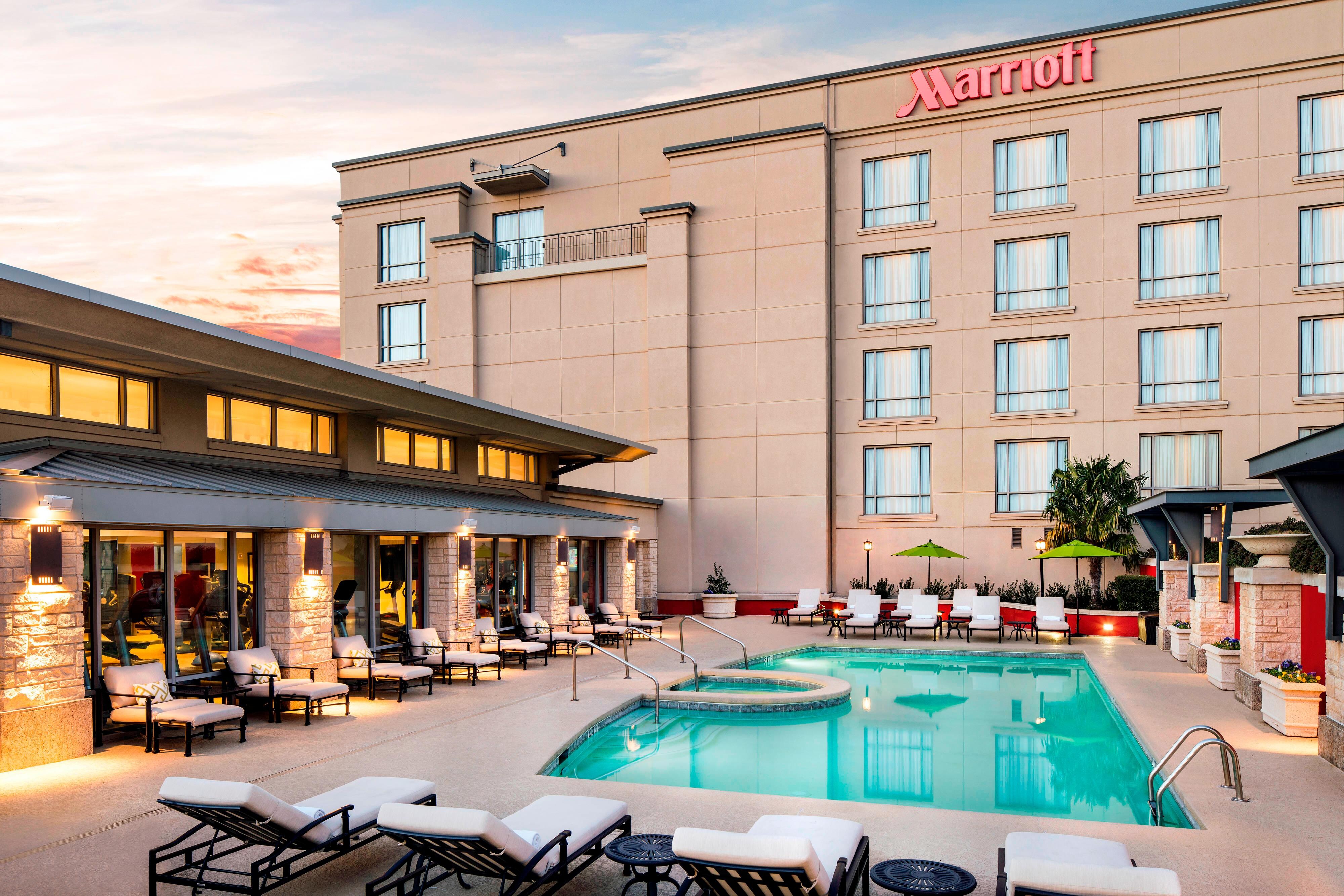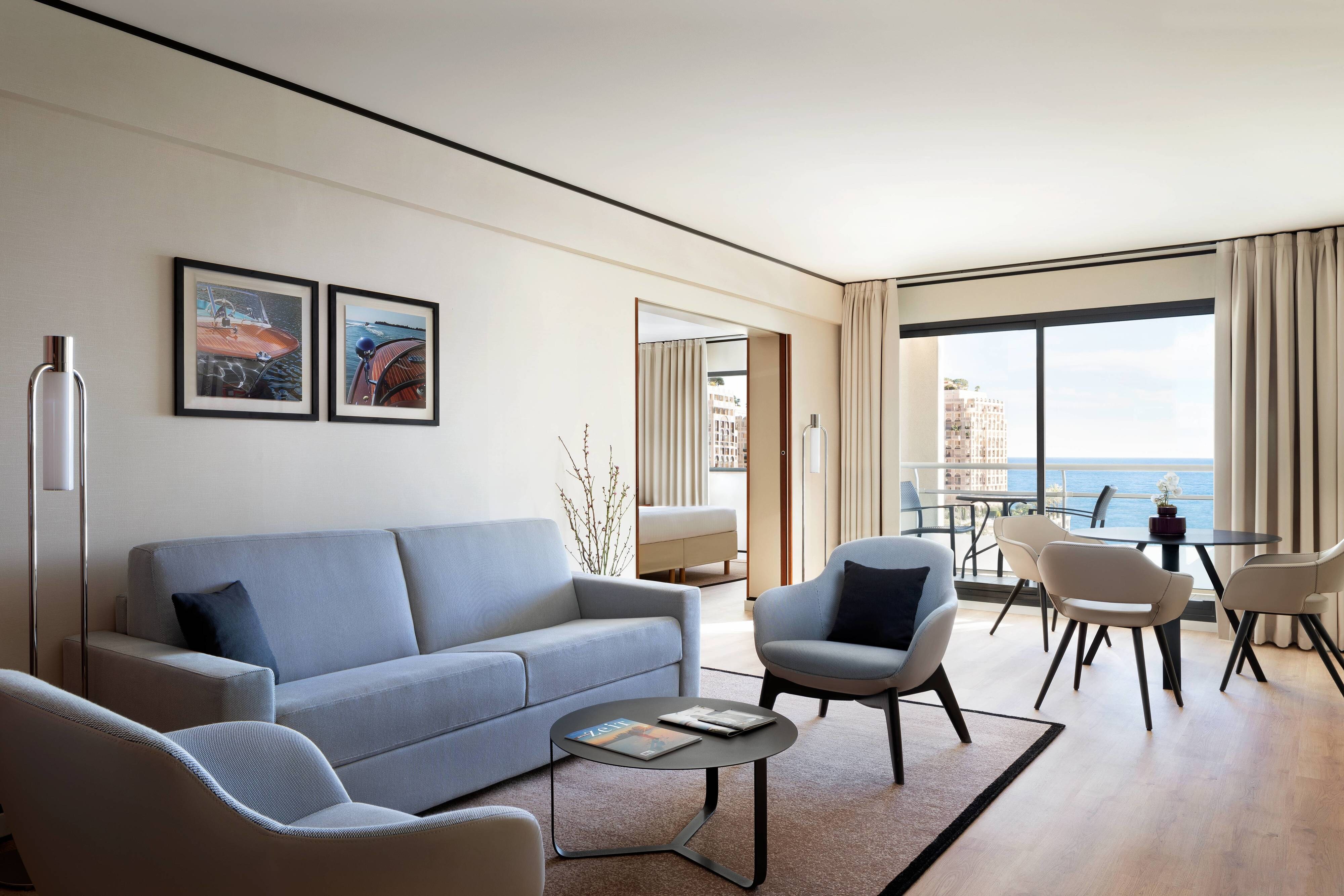As an important place for travelers, the design and decoration style of hotels need to consider a balance between luxury and practicality. Fixed furniture, as a significant component of hotel decoration, must embody both luxury and functionality. This article will explore the luxury and practicality of fixed hotel furniture and how to achieve a balance in design.

Firstly, let’s look at the luxury aspect. As high-end service venues, hotels often emphasize a sense of luxury and opulence in their decor. The luxury of fixed furniture is mainly reflected in its materials and craftsmanship. For example, using high-quality solid wood materials for furniture can make the entire space appear more noble and elegant. Additionally, exquisite carvings and decorations can create a luxurious atmosphere. Choosing high-end fabrics and leathers for sofas, beds, and other furniture not only enhances comfort but also elevates the overall quality.

However, luxury does not mean merely pursuing superficial splendor and ostentation. Practicality is equally important. In hotel operations, furniture must endure long-term use and frequent movement, making durability and usefulness essential. Fixed furniture needs to be robust and resilient, capable of withstanding the test of time and usage. Furthermore, furniture design must adhere to ergonomic principles to provide a comfortable user experience. For example, considerations for the hardness and support of beds, as well as the comfort of sofas, must be taken into account based on guest feedback.
Achieving a balance between luxury and practicality becomes a crucial topic in designing hotel fixed furniture. Firstly, designers need to understand the hotel’s positioning and style to determine the overall decor theme and then devise corresponding furniture design plans based on the functionality and requirements of different areas. For instance, furniture design in the lobby, guest rooms, and dining areas can vary, but the overall style and quality must remain consistent to create a unified visual effect.

Secondly, the materials and craftsmanship of the furniture need to align with the hotel’s positioning. High-end hotels can opt for solid wood furniture with fine carvings and decorations to enhance the sense of luxury, while budget hotels can choose affordable materials with simple, practical designs. Regardless of the hotel’s positioning, practicality should not be overlooked. Designers should consider the hotel’s client base and actual usage situations, opting for durable materials and rational structural designs to enhance the furniture’s usability and sustainability.
Lastly, the luxury and practicality of hotel fixed furniture must also take environmental factors into account. There is growing awareness of environmental protection and sustainable development in modern society, and the hotel industry is no exception. Therefore, when selecting furniture materials, it is important to consider their environmental performance and choose materials that meet environmental standards to minimize their negative impact on the environment.

In conclusion, the luxury and practicality of hotel fixed furniture require a balanced approach. Designers must pursue luxury and opulence while also considering the furniture’s practicality and durability. By thoughtfully selecting materials and processes, incorporating ergonomic design principles, and addressing environmental factors, it is possible to create fixed furniture that provides a sense of luxury while meeting practical usage requirements, ultimately cultivating a unique atmosphere in hotels and delivering a comfortable and delightful experience for guests.
